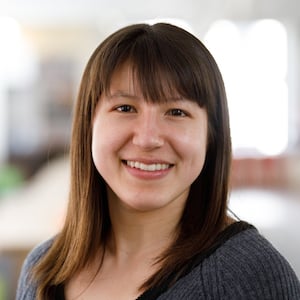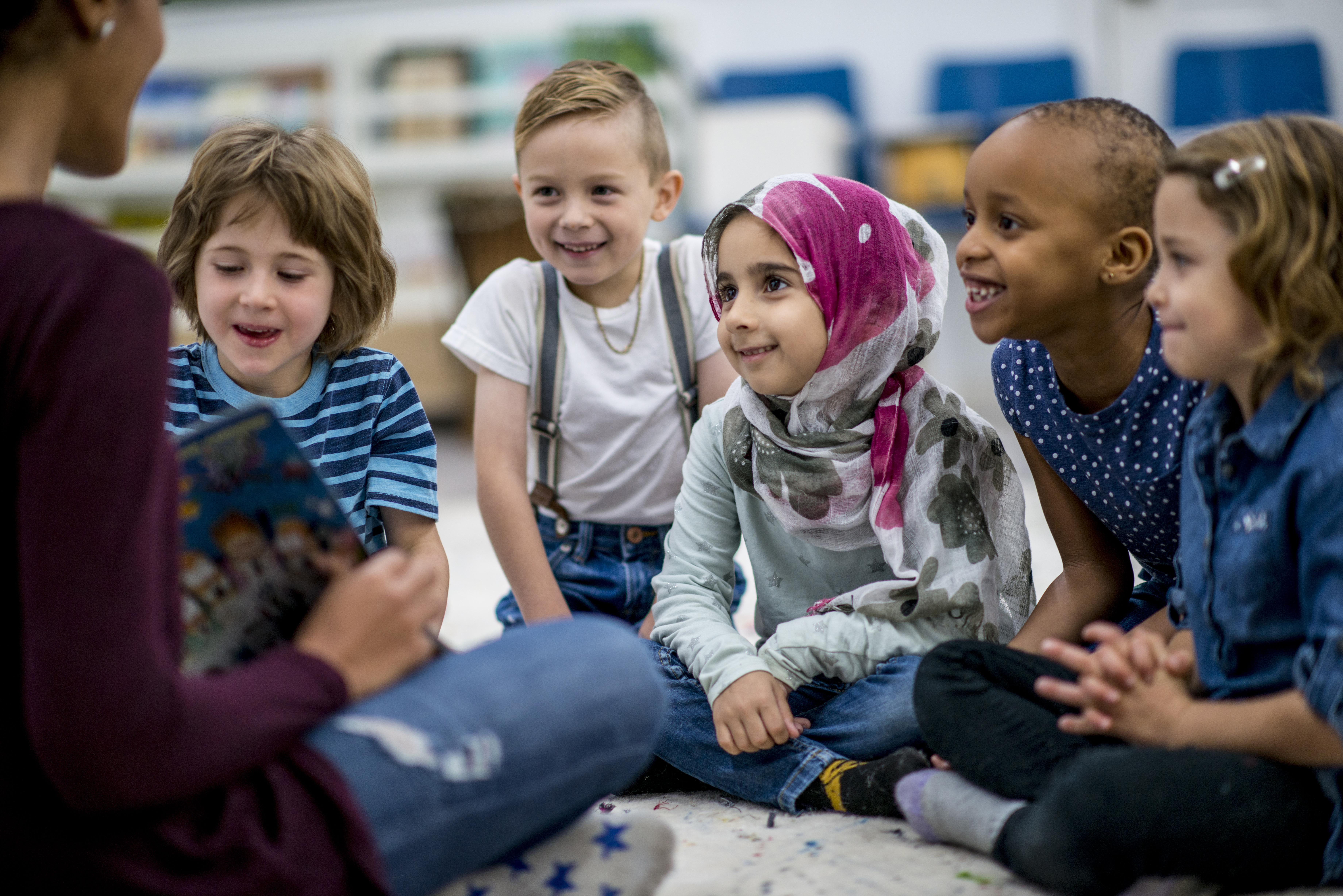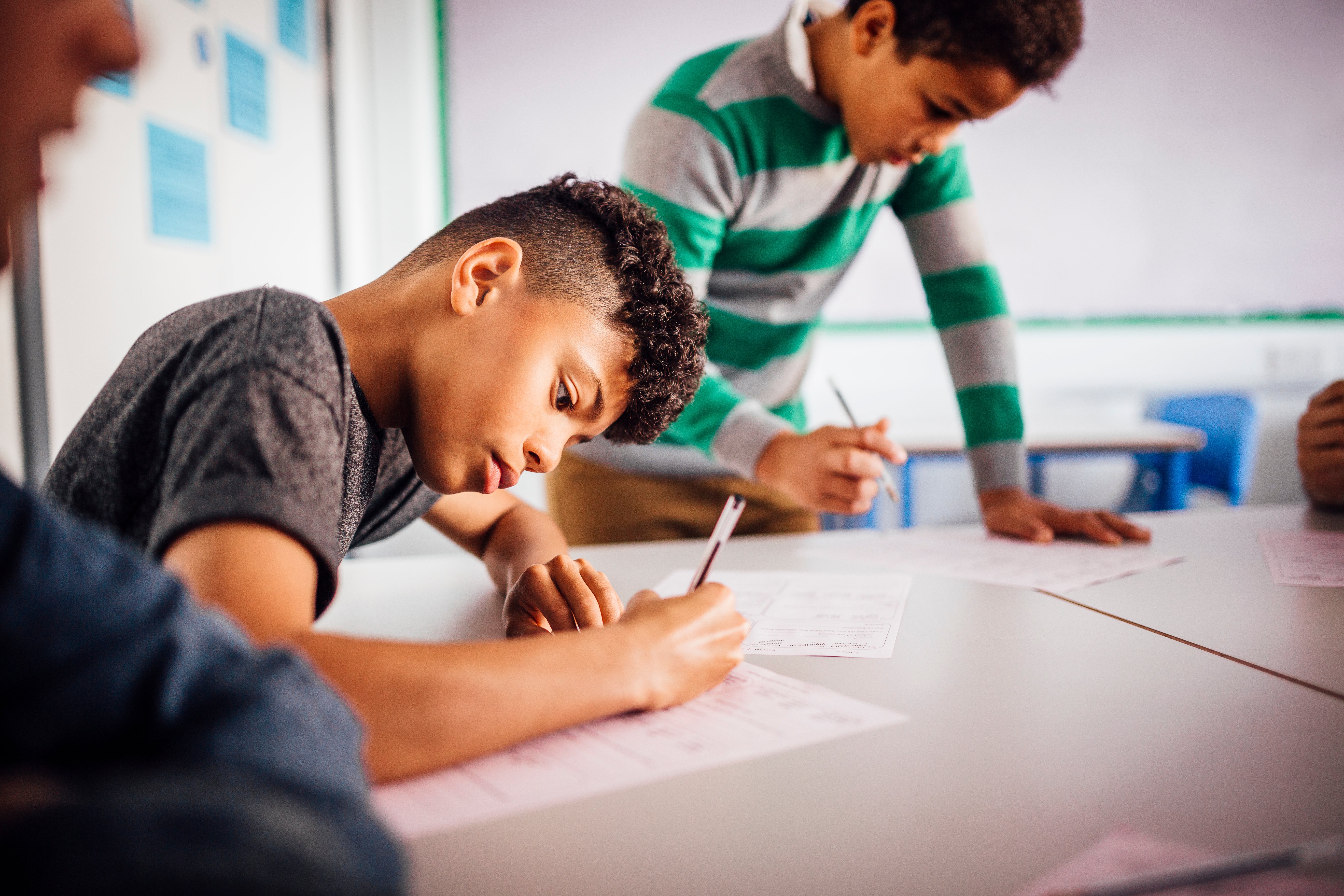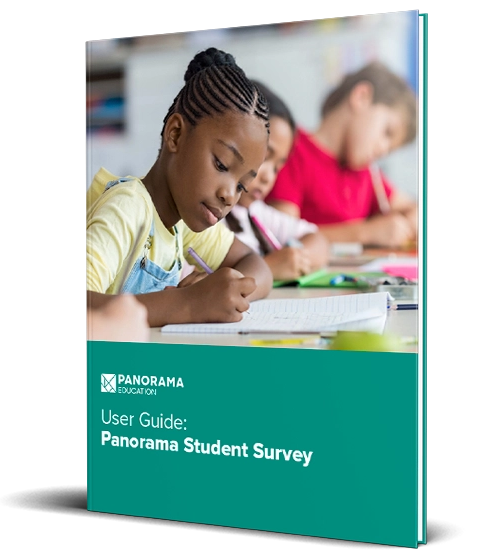If your school district is increasing its investment in social-emotional learning (SEL) this school year, you may be looking for effective SEL interventions for use in the classroom or in small group settings with students.
You've come to the right place. In this article, we'll start by exploring research on the effectiveness of social-emotional learning interventions. Then we'll dive into five different SEL interventions (including instructions for implementation!):
Research on Social-Emotional Learning Interventions
Does the explicit instruction of social-emotional learning (SEL) work? Research shows that explicit SEL interventions are, indeed, effective in helping students develop social-emotional competencies—and can even boost academic achievement.
A meta-analysis of 213 programs found that social and emotional learning interventions that address CASEL's five core social-emotional competencies (Self-Awareness, Self-Management, Social Awareness, Relationship Skills, Responsible Decision Making) increased students' academic achievement by 11 percentile points, compared to students who did not participate in the SEL programs (Durlak et al., 2011). The social and emotional learning programs also reduced aggression and emotional distress among students, increased prosocial behaviors in school, and improved positive relationships (Durlak et al., 2011).
Additional Reading: "Evidence Review on Social and Emotional Learning Interventions under ESSA" from the RAND Corporation and The Wallace Foundation
5 Effective Interventions for Social-Emotional Learning
Given the research supporting SEL instruction, what are examples of effective interventions for social-emotional learning (SEL)?
Below, we've compiled a (non-exhaustive) list of high-quality, evidence-based SEL intervention ideas that you can put into action tomorrow. Drawn from Panorama's Playbook and our SEL curriculum partners, these low-lift, actionable strategies are designed to build positive relationships, improve social skills and social-emotional competencies, and foster a safe and welcoming climate in your community this school year.
Some of these interventions may be more appropriate for elementary school students, while some may be more relevant for middle and high school students. (Are you focused on SEL for high school students? Check out five SEL activities for high school.) You may also opt to use these intervention ideas at a universal Tier 1 level, or as more intensive interventions for Tier 2 or 3.
How to Use The Intervention Ideas:
- If you are a district administrator, explore ways to improve your district-wide and school-wide SEL action plans, and collect different types of SEL interventions to share with your school teams.
- For school leaders, bring these SEL interventions to PLCs, staff meetings, or Student Support team meetings to embed social-emotional learning into classroom instruction and tiered practices.
- For educators and counselors, try these interventions in your SEL lesson plans (both in-person and virtually) to strengthen relationships, improve classroom management, support student wellbeing and mental health, and build SEL skills.
SEL Intervention #1: Self-Talk Superhero

Courtesy of the EASEL Lab at Harvard
Introduction:
This intervention provides students with opportunities to practice using positive self-talk during challenging situations.
Instructions:
- Explain what self-talk is (e.g., the way we speak to ourselves in our own mind).
- Model for students what self-talk looks like by sharing an example of your own internal dialogue during a difficult situation. Consider including examples of positive versus negative self-talk Explain how negative self-talk can decrease one’s confidence and dampen one’s mood, while positive self-talk can do the opposite.
- Ask students to share times when their self-talk has helped them persevere.
- Have students close their eyes and imagine their own tiny little hero sitting on their shoulder, always ready to encourage them.
- Allow students to share what their self-talk superhero’s favorite words or phrases are. (Share a few examples from your own self-talk superhero to model it!)
Virtual Adaptation:
Provide online spaces for students to share affirmations or words of encouragement to one another. Consider using virtual chat rooms, video conferencing tools, or creating a notes of gratitude and appreciation submission form online. Challenge students to practice this exercise regularly on their own and have them track this practice on a calendar or checklist.
SEL Intervention #2: Temperature Check
 Courtesy of CharacterStrong
Courtesy of CharacterStrong
Introduction:
This intervention provides educators an insight into students’ lives so they can act on the information students share in an intentional manner.
Instructions:
Choose a day of the week to conduct a Temperature Check with your students. This could be something they do at the beginning of class or when they are about to exit the classroom. Instruct students to take out a piece of paper and write down:
- Their name
- How they are feeling (on a scale of 1-5)
- Why they chose this number and why they are feeling this way
Virtual Adaptation:
This check-in activity can be recreated for virtual use to ensure that students are still supported while learning from home and have opportunities to label how they feel while school buildings are closed. Send out a Google Form (you can adapt/customize this form from our team at Panorama Education) as an asynchronous way to learn how students are feeling and what supports they need.
SEL Intervention #3: Good News
 Courtesy of Wings for Kids
Courtesy of Wings for Kids
Introduction:
As students share good news, they work to display self-confidence, practice naming and sharing emotions, and take turns listening to each other. “Good News” is a time for children and adults to share experiences related to a current lesson/unit of study, or to just share exciting news. It is a ritual that can be used to begin or wrap-up time together.
Instructions:
A "Good News" topic is shared with the whole group and then one at a time volunteers take turns standing up and sharing their response. The educator helps facilitate and asks follow-up questions to the student who is sharing. Some examples of self-awareness topics include:
- Tell us what emotions you felt on the way to school and why you felt that way.
- Tell us something someone did for you this week that made you feel loved.
- Name one thing or situation that makes you feel nervous. Why?
- What part of your day do you feel most excited about? Why?
- Name something unique about you and why you like that about yourself.
Allowing time for students to share and get to know one another helps build a sense of community and belonging. It provides a safe place for students to practice speaking confidently in front of a group and to practice active listening.
SEL Intervention #4: Support Systems

Courtesy of Better Kids
Introduction:
The goal of this intervention is for students to be able to identify their support systems and recognize how they feel supported by those individuals. During times of uncertainty, when routines are disrupted, it is important to identify who we feel most supported by. Looking at the essential parts of a flower can be a tangible way for students to identify their support systems.
Instructions:
Download and distribute this flower worksheet to students.
- Explain what a support system is (e.g., a group of people including friends, family members, and other caring adults).
- Elaborate that each part of the flower represents someone in their support system.
- Complete your own worksheet to model what a support system looks like. Consider including individuals that students will know (e.g., other teachers or caring adults in your school community, parents, or friends).
- After students complete their own worksheet, discuss how each child feels supported by the various people in their support system.
SEL Intervention #5: Positive and Constructive Feedback
 Courtesy of Wings for Kids
Courtesy of Wings for Kids
Introduction:
This intervention is used to increase prosocial behaviors and/or handle more negative behaviors in a quick and effective manner, and may be used as part of a positive behavior interventions and supports (PBIS) model. Use this technique to give both positive and constructive feedback to help shape student behavior and reinforce the behavior we wish to continue. This technique encourages adults to use self-awareness and self-management to give attention towards students in a helpful way.
Instructions:
When a situation arises, share feedback with the student(s) involved.
- Describe the situation → name exactly when and where the behavior occurred
- Describe the behavior → tell the student(s) exactly what they did
- Describe the effect → say what specifically happened as a result of the behavior






